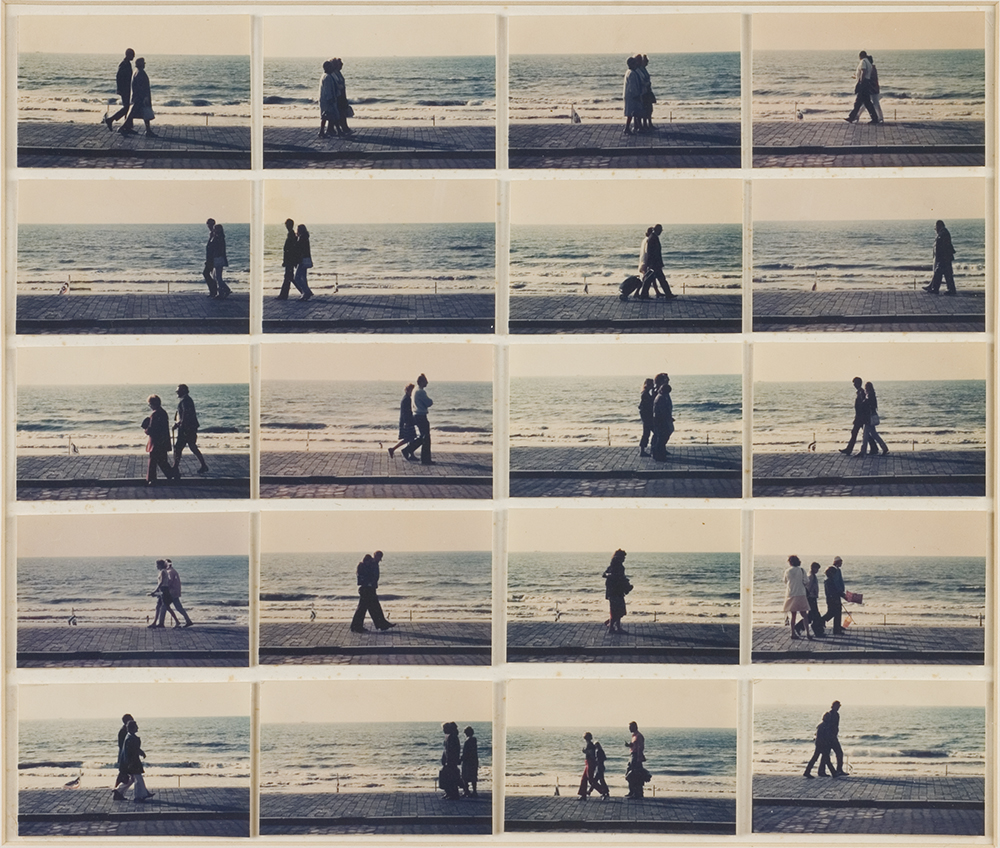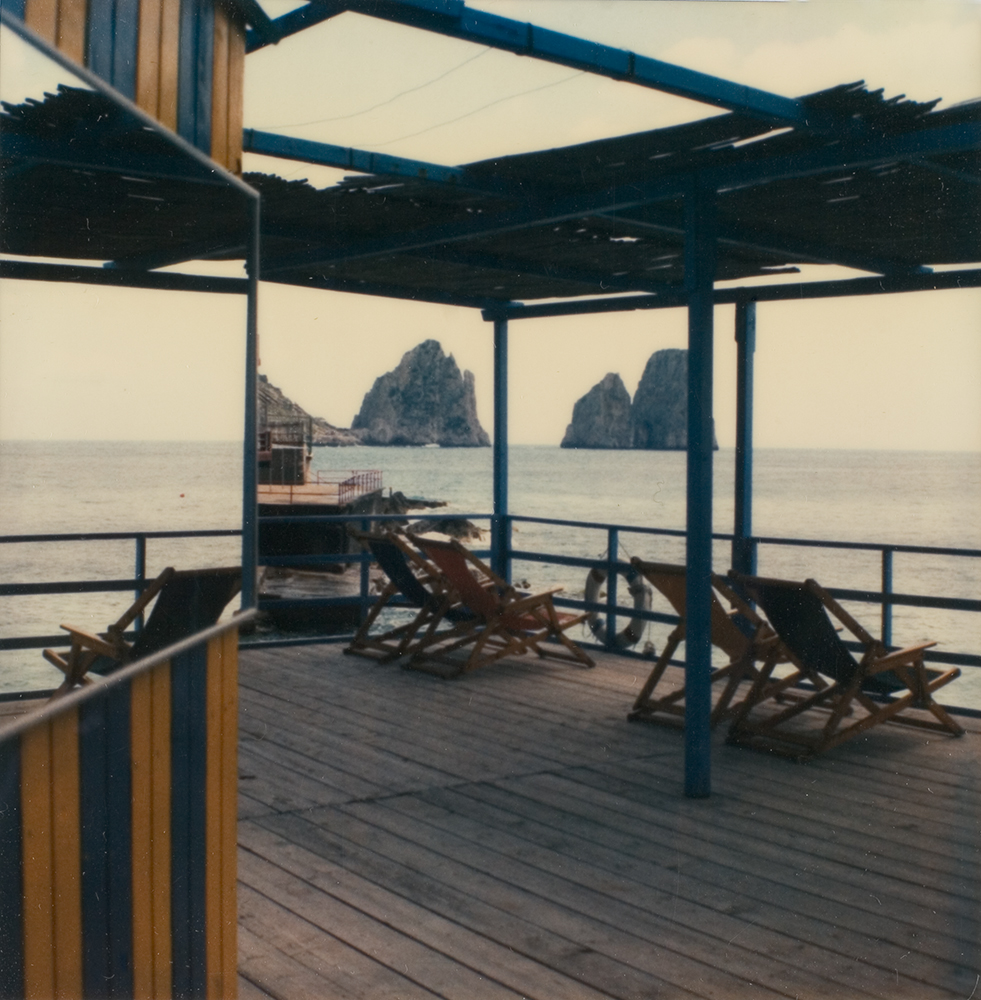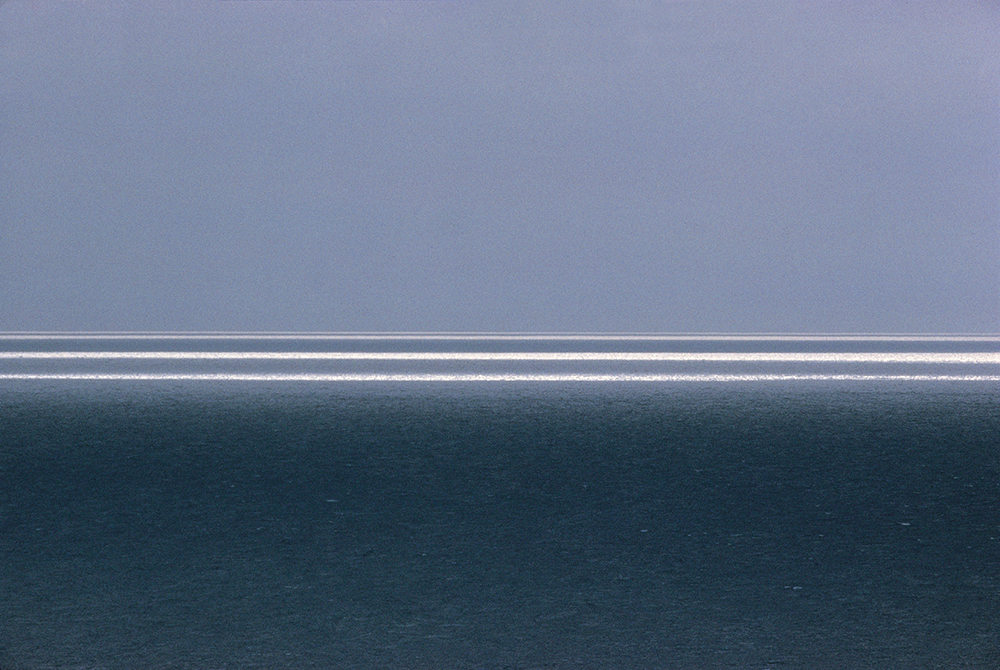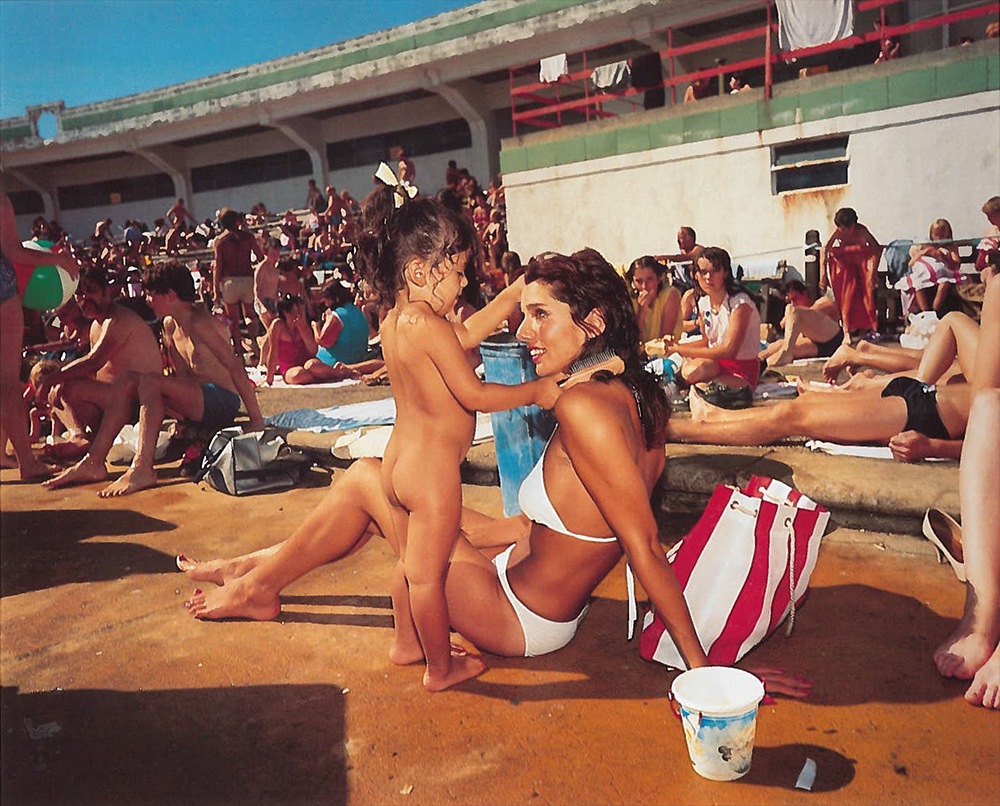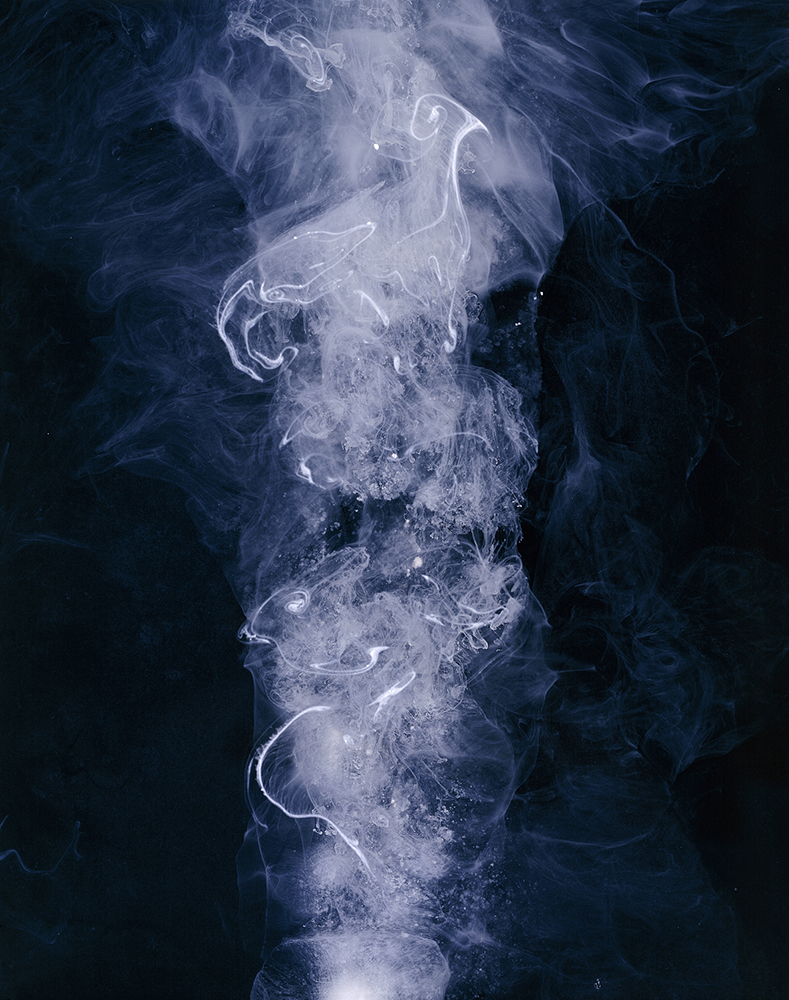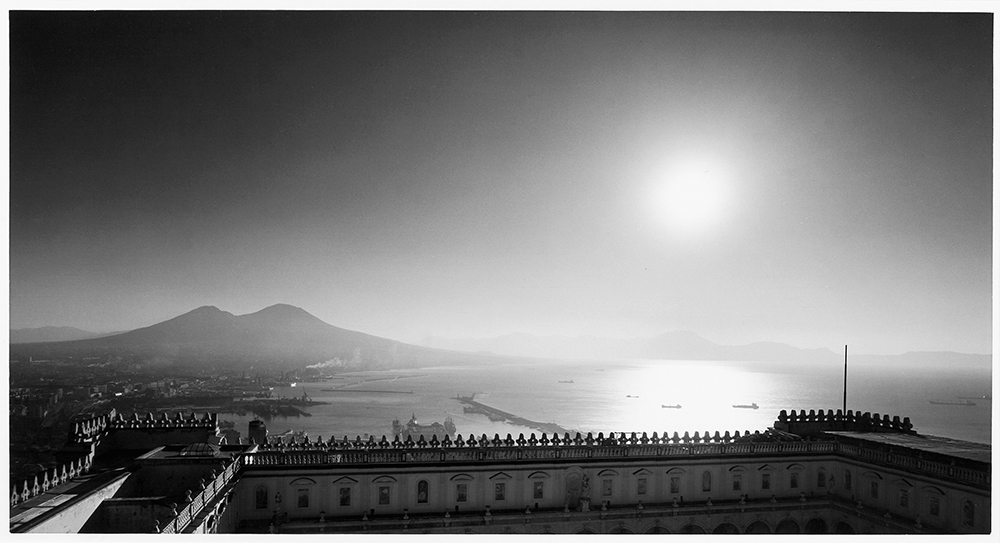Artist Blog
Every week an artist whose single image was published by Der Greif is given a platform in which to blog about contemporary photography.
I Cotroneo Collection – A dialogue with Tommaso Cotroneo
Feb 17, 2015 - Benedetta Panisson
A couple of months ago, thanks to Nur Elektra el Shami and Irina Turcan (Art:I:curate), I met a special man in London, Tommaso Cotroneo. We talked about photography, about waves, about the sensuality of the sea, and the unconditional attraction of men for it. Cotroneo's family, years after years, has collected and curated one of the most important Italian collections of international artists, especially based on photography. It's an honour for me to have the chance to share with you and Der Greif the possibility to spy a little part of their collection and to ask some questions to Tommaso. B.: Tommaso, please, in your words, can you describe to me – without showing it and without mentioning the artist – which is your favourite photograph from your collection? T.: A Polaroid. Shapes on water. On the back, poetry and random memories of a week spent with some of my favorite people. We'll talk about serious stuff later. At heart though, the thing I am most grateful for is the privilege of having grown up with, sharing time with and calling people friends who have exceptional creativity and even bigger hearts. B.: One of the things that I love most about photography, is that, years after years, I can, as photographer, collect images about something specific: people in the water, a friend of mine always in the same position, hundreds of images of the same tree. I think a lot of photographers love to create refrains. As collector, which is the importance of the recurrent images? T: There is no doubt that individual collectors are maniac, obsessive compulsive individuals. Repetition is almost a modus operandi. It is about looking for the »perfect« version of a stamp, an Italian Old Master, a butterfly, a vintage Man Ray. Things become very different if the collection is the result of the engagement of more people, possibly across generations. In my case, we are talking about an effort that was started by my parents and still is totally inspired by them that I now help nurture, enlarge and hopefully keep relevant for the next generation. When you are dealing with a multi individual, multi generational effort as in our case, it is harder to think in terms of recurrent images. Somehow you could say that the collection itself is the result of mixing the recurrent images, the obsessions of each of us, and as a result becomes a much more evenly blended affair. What you do find though, are the recurrent themes that each of us looks at and experiences differently. It's a fixation for technique over bravura, for our classical roots, for the beauty of landscape, Italian in particular, for the ability to be ironic through the lens of your camera. These things we share above and beyond the specific artists that one of us might like better than the other. B: A digital image and a film image. Is the process of generating an image that you like important for you? T: For sure. I am a Computer Scientist, my whole adult life has been about exploring digital techniques in a number of fields, from engineering to mathematics to social sciences. One should of course not mix up digital with photoshop. Remember what I was saying before about passion for technique. And in that regards digital techniques have for example allowed to realise large scale photographic works which would have been previously very hard or impossible to produce. In related fields you have 3D movies and rendering, all of which are by now the almost default framework with which we relate to image. Yet somewhere in my heart I am still with Cartier Bresson. A Leica, a fixed 50mm lens, black and white film. I could go on for ever about it really. Let's just say it's about being close and understanding the physical nature and limitations of your medium, not unlike playing music on vynil records. It's about the extra effort of being creative within a more constrained framework, and yet who can argue against what the masters have created with one 50mm lens. It's about the smell of film. Less poetically, In times of hackers and cyberattacks it's also about preservation… but this is a different topic, one which is way too complex to get into here. B: It was the year 1888 when a well known photographic brand advertisment said: »You press the button… we do the rest". What do you think about it? T: Don't you just love the colours of an old Kodachrome film? Or Simon&Garfunkel singing about it? Ok, on a more serious note. This is a big question about the democratisation of image making, and one that is closely related to some of the things we were discussing earlier about digital vs. film. I am not going to try and out-Sontag, Susan Sontag, on the topic of course. As a lover and collector of photography, as an amateur photographer, and as someone of true liberal values, there can be no doubt about the good that has come from making photography widely available, and less and less technically daunting. Arguably selfie-sticks are the ultimate manifestation of this process, and not one that I personally care much for. And snobs will always use examples like that to argue that the art should have only stayed accessible to the few. But for every annoying selfie stick, there are millions of people that actually grow up to have a truer appreciation of image making, making our community more diverse and deep. And from a documentary point of view, think about the number of events of huge historical relevance – from Tienanmen to Tahir Square – that we would have not understood as well were it not for the widespread availability of the medium. Remember though I am also one Leica, one lens, black and white film. And while I strongly believe in the democratic side of photography, I also think it's imperative we keep alive – and indeed spread – an understanding of the medium. You know, the ability that we grew up by looking at the sky and just knowing it's a 60/f8 kind of day. Is that important? Yes I truly believe it is. It's like Renaissance Perspective or Bach harmonies. You don't necessarily need to know them to enjoy a Picasso or Led Zeppelin. But without that knowledge being alive and spread enough you will not have the next Picasso or Led Zep.


